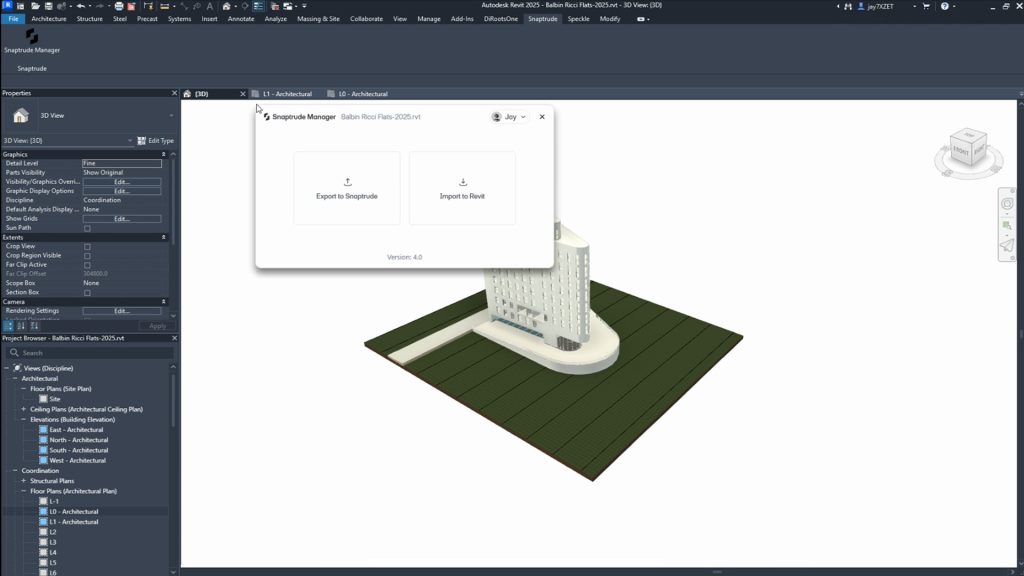With every passing month, cloud-based BIM 2.0 applications flesh out their features in pursuit of victory over the current desktop BIM tools. With Snaptrude at the vanguard of this movement, Martyn Day caught up with the company’s CEO Altaf Ganihar to discuss adoption trends and product roadmaps
In a mature market, developing a new generation application involves playing a long game. Even if you are already the market leader, it’s hard to compete against your own, widely adopted products, because of customer inertia and legacy concerns.
So spare a thought for BIM 2.0 startups with far fewer revenues and much smaller customer bases, who face an uphill struggle but are still aiming to reinvent modern design software.
Among the firms striving to compete against Revit as a pure-play BIM platform are Arcol, Qonic and Snaptrude. with at least three more still in stealth mode and likely to emerge in 2025.
Arcol, Qonic and Snaptrude have entered the market with limited but carefully targeted feature sets, designed to be of immediate use in existing workflows. At first glance, it might appear as if they are aimed firmly at conceptual design. But make no mistake: all three have an eye on the long game. All three intend to become leading BIM platforms.
Modern computer languages, advances in web graphics and distributed cloud compute are bringing a new generation of tools to the market. When compared feature-by-feature to industry-leading, desktop-based BIM tools, these next generation tools may, at first, look quite limited. But the advantages of cloud delivery mean that new features can be streamed and added rapidly, giving incredible development velocity. Parity of features, depth of capability, and width for edge case designs could take just three to five more years of focused development.
The BIM 2.0 company with the most venture capital backing ($21.8 million) and the biggest development team is Snaptrude, headed up by CEO Altaf Ganihar. So far this year, Snaptrude’s BIM SaaS application has seen 26 releases, with another 16 planned before November 2024.
Find this article plus many more in the Sept / Oct 2024 Edition of AEC Magazine
👉 Subscribe FREE here 👈
The story so far
At AEC Magazine’s NXT DEV event, an industry figure who will go unnamed described Revit as “1970s thinking delivered in 1980s coding.” With many mature users demanding more updates and renewed software architecture, Autodesk CEO Andrew Anagnost stated there was to be no next generation of Revit, or in his words, “no faster horse”.
Instead, Anagnost presented the prospect of a cloud-based, data-centric tool called Forma. So far Autodesk has delivered a concept engine, which we believe will be fleshed out to become a cloud hub for what comes next in AEC at Autodesk. Meanwhile, Autodesk is busy architecting a data bridge between the Revit desktop and its Forma cloud back-end.
Snaptrude, meanwhile, has been developed to work and play well with Revit’s RVT file format and to find a niche in today’s BIM workflows. With its current feature set, it best fits workflows that involve rapid concept modelling and loading an RVT into the cloud for collaborative working with mark-up and editing capabilities.
Snaptrude is especially useful in space planning, but not as an end-to-end solution. For now, you would have to go back into Revit for coordination and documentation using the bidirectional link.
However, Snaptrude’s development is, by any measure, happening at high velocity. Ganihar compares his extensive development team to six internal startups, all working on different areas of the programme and delivering continually. Now that those developers have mastered the quality assurance that this parallel process demands, they can create a new release every week. And they do all this at the same time as supporting customers and using their feedback to drive the development cycle.
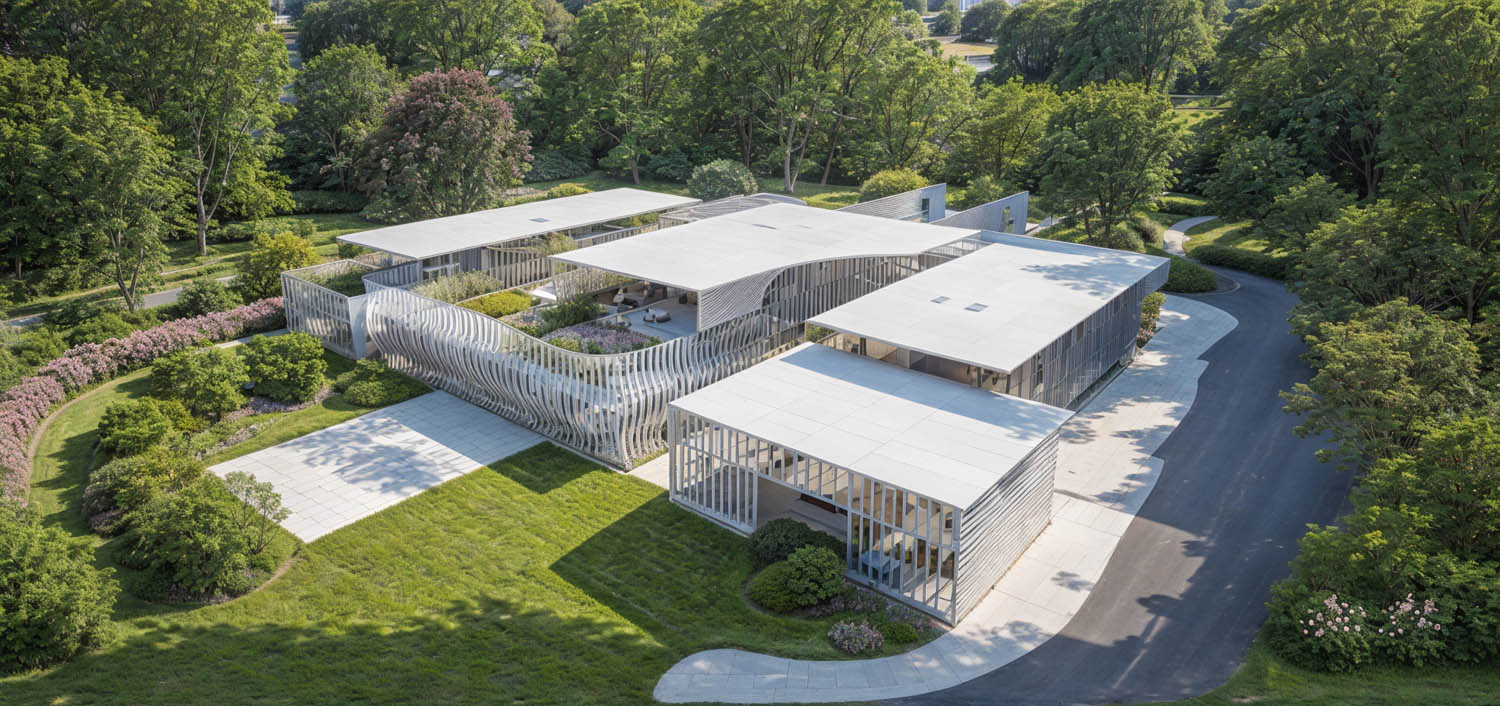
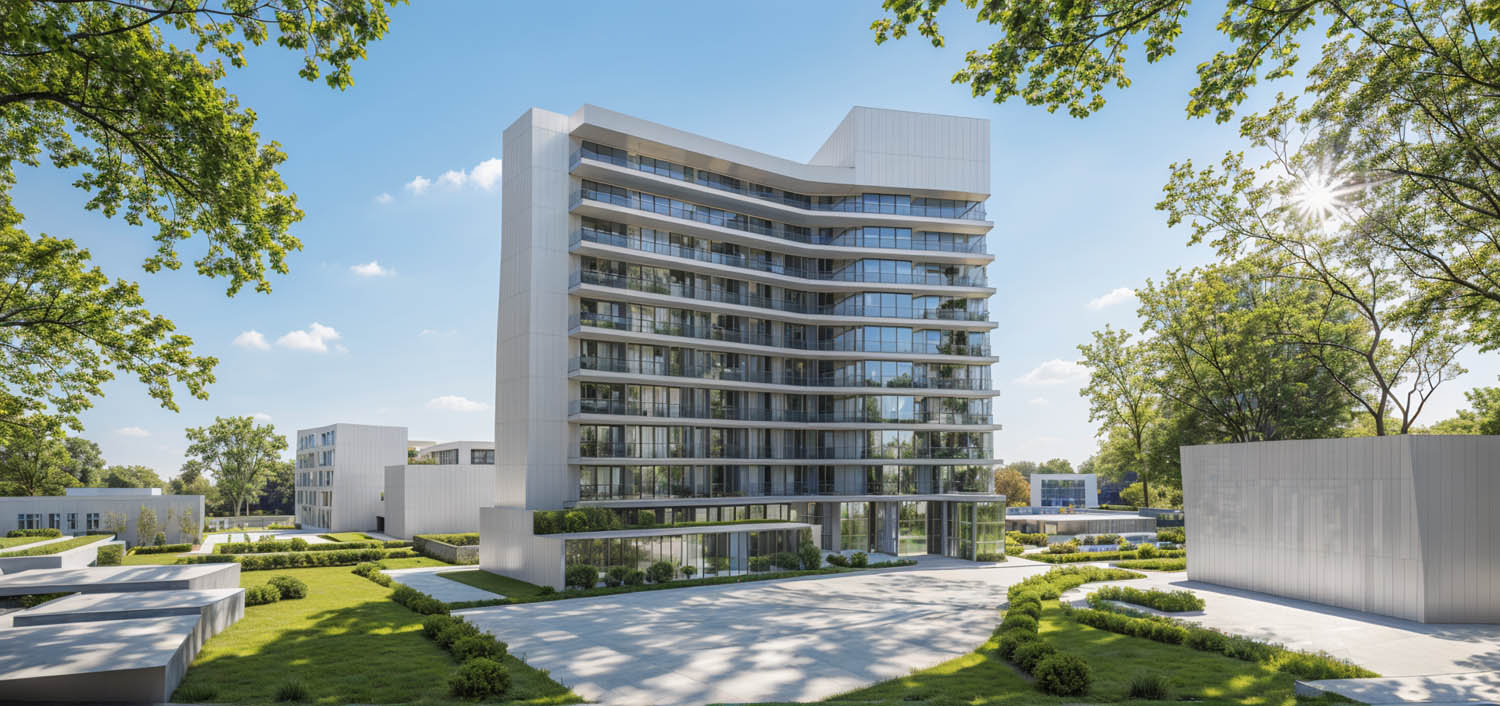
Mastering rapid development means that Snaptrude claims it will be able to deliver schematic design tools by the end of the year. This development may take most of next year to perfect, but the expansion enables Snaptrude to start work on developing different disciplines, such as structural and MEP capabilities.
The end goal for Snaptrude is big, Ganihar claims. “We want to be the OS for construction, which means using the same model to do clash detection, create the drawing, the quantity take-offs, costing take-offs, to produce the bid documents. We can actually do the full gamut, because we are not based on files. It’s a single database. And each one of these is just an instance of our database representation.”
But Snaptrude isn’t just an in-the-cloud Revit clone. The philosophy of the software is to drive productivity through automation of workflows, both micro and macro. As Ganihar states, “Next year, I think we’ll be very close to completing the schematic workflow. While we can replace like-for-like, we are also automating the design process. We are automating concept modelling, the visualisation and the drawing process.”
Growing portfolio
So far, Snaptrude’s customers have started pilots or used the software on live projects because of its promise to cut nonbillable hours. This is achieved by reducing the number of buttons that need to be pressed; the number of applications required; and the speed of output, whether the deliverable is an area model, a presentation, a render or a drawing. The target benefit that Ganihar cites most frequently is one-tenth of the time.
Snaptrude is also deploying AI. “The most successful feature we launched recently was area modelling. You can bring an area list from a spreadsheet programme and it automatically creates the blocks. Then you can automatically block and stack them, based on adjacencies, into a building footprint. This is done through physics-enabled AI, not the GPT kind. It’s logically solving the problem using daylight simulation, adjacencies, etcetera,” he says.
Snaptrude also has its own AI rendering technology, which utilises Nvidia graphics and Stable Diffusion, bypasses 2D-to-3D conversion, preserves a design’s geometry and is less likely to ‘hallucinate’. Drawings, however, is the most-often demanded feature. While Snaptrude is developing its own automated drawing capabilities such as auto-dimensioning, auto-tagging and auto-labels, the company has also licensed the DWG engine of Graebert, developer of Ares CAD, which is one of the most widely used DWG engines in the industry (as seen in DS DraftSight, Solidworks and Onshape).
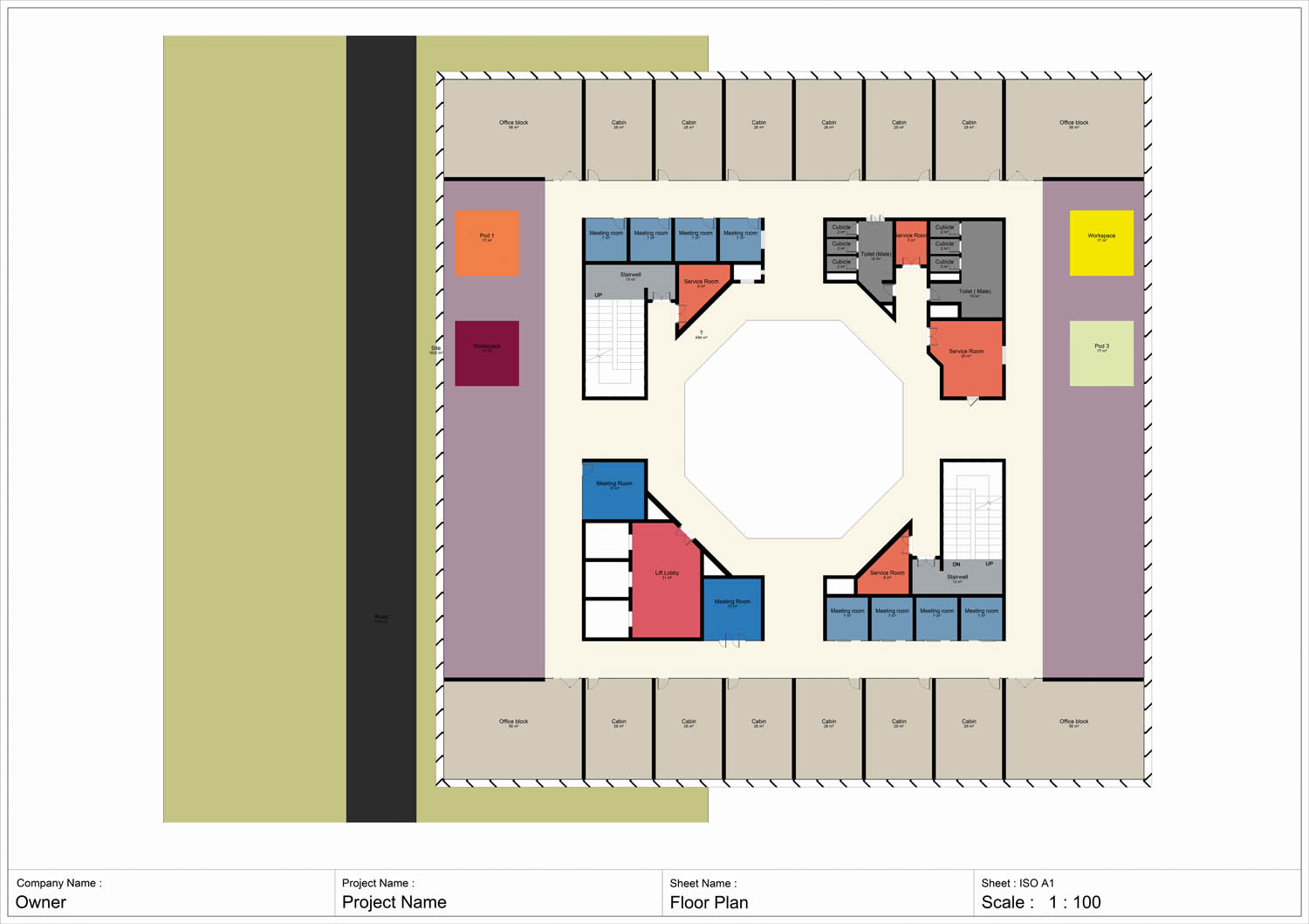
Ares is designed for the cloud, desktop and mobile, which means Snaptrude can easily connect to it via API. The first stage will be a connection between a live link between Ares and Snaptrude. Graebert has also been working on autodrawing technology to accelerate drawing production. It looks like Snaptrude will be first to bring that to market in a BIM context both through its own internal work and through partnerships.
Ganihar sees this as a key technology to add and sees potential adoption in markets like Asia where Graebert Ares is popular, and AutoCAD and Revit LT are under market pressure. Snaptrude has managed to sign up Datech Solutions (part of TechData and distributor of Autodesk products) for distribution in Asia Pacific. Ganihar explained that there is great potential in cost-sensitive markets.
What’s next?
Snaptrude’s next big feature release should be live in October. It will support presentation drawings, instant renders and enhanced graphics. There have been improvements to real-time data for areas, costing and take-offs, as well as interoperability advances supporting Revit and Rhino, better geometry and BIM capabilities. This work connects the workflow from early RFPs to schematic designs.
Along with feature updates like coloured and monochrome massing, better snaps, drawing offset mode, select to move, offset and voids on masses, the Sketch-to-BIM capability has been enhanced to support Revit families and curtain walls.
In workspaces, imported Revit files will have families extracted and added to your team library with a single click. These can be managed from a single space. There will now be a command line (because CAD folks will never give this up!), but this will be AI-enhanced and more powerful.
Snaptrude is working towards a philosophy it calls ‘LOD hopping’, which means that, at any stage, the user can hop to a different LOD level to make design iterations, without having to worry about corrupting the model or downstream
In drawings, labelled drawings can now be created directly within Snaptrude, along with the ability to generate sheets in various sizes and scales and export them as PDFs.
In AI rendering, users will be able to create photorealistic renders and artistic graphics for their designs while respecting geometry, and soon, materials. The system is intelligent enough to understand BIM data, which Snaptrude plans to leverage in future releases to enhance quality.
There’s a new Rhino import capability, too, which uses a dedicated manager. Users can bring in geometry from Rhino, edit geometries currently supported inside Snaptrude and eventually take the detailed model to Revit for further documentation. Export of models to Rhino is performed through fbx or obj exports.
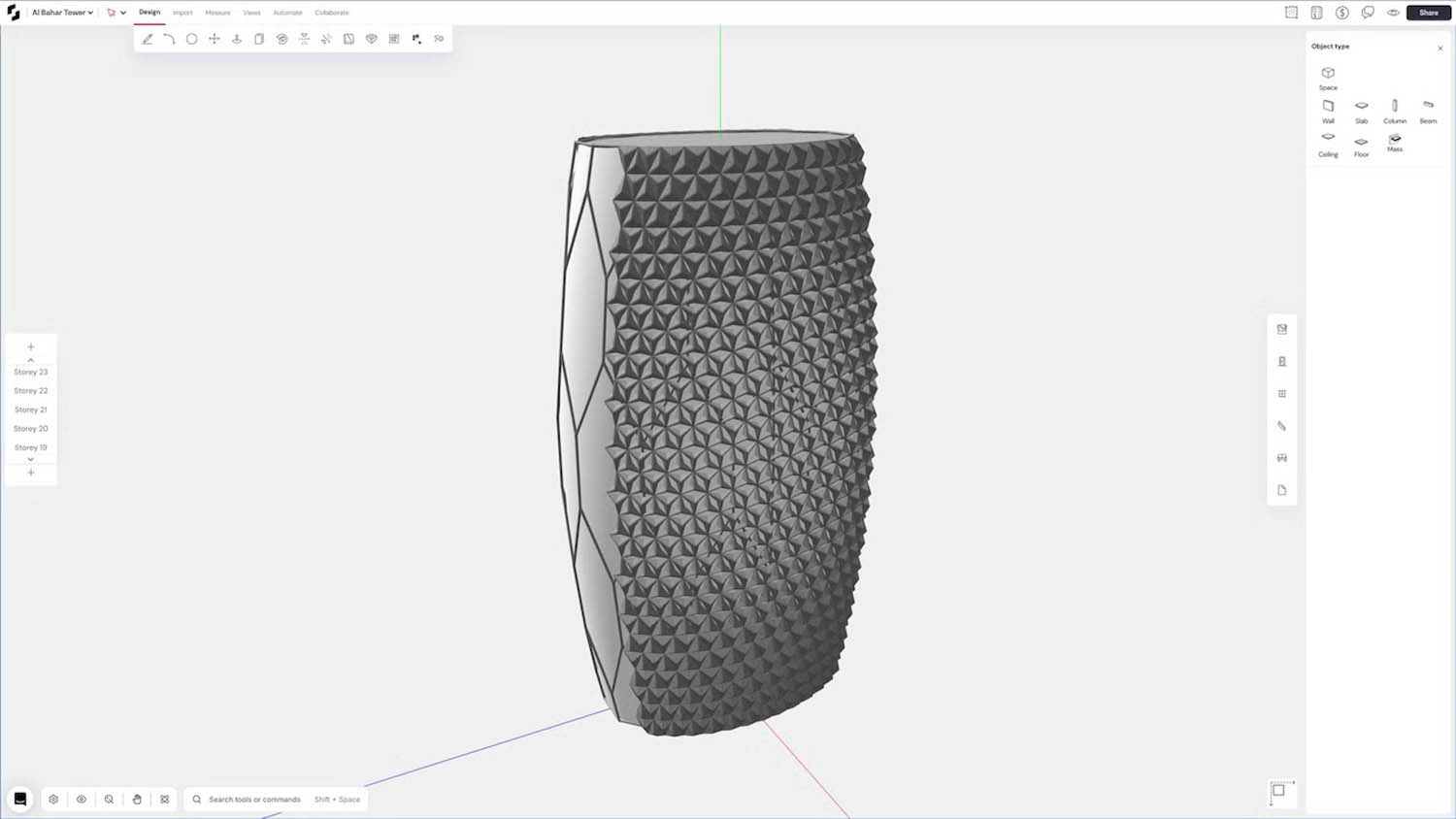
In parametrics, curtain walls and stacked wall parametrics are now supported. The new parametric wall graph will enable parametric editing in BIM mode for walls, floors, slabs in massing mode and on imported Revit projects. The graph will form the foundations to support other parametric elements in future releases. Snaptrude is working towards a philosophy it calls ‘LOD hopping’, which means that, at any stage, the user can hop to a different LOD level to make design iterations, without having to worry about corrupting the model or downstream.
Conclusion
With the industry looking to collectively move from desktop file-based design documentation BIM solutions to collaborative, cloud-based BIM databases, there is a lot at stake for the dominating industry players — Autodesk, Nemetschek, Trimble, Bentley Systems — especially with so many interesting start-ups that make their ultimate objective to replace existing seats.
Core BIM code is being rewritten. BIM formats are being granularised, collaboration is being built-in from the ground up and, in various ways, automation is going to play a big role in reducing the time spent doing donkey work.
While end goals may still be documentation and drawings, ways of getting there are going to be less distributed and more self-managing.
For Autodesk, it’s going to be especially interesting, as the Forma vision needs to be fleshed out and expanded beyond concept to indicate that the company is working on a broader development.
Every time Autodesk has addressed next-generation BIM, the company has acquired the technology (Softdesk = Architectural Desktop, Revit = Revit).
Autodesk purchased Spacemaker in 2020, which then became Forma.
But Spacemaker wasn’t a cloud BIM tool; it was for conceptual, early-stage design. To scale that up to being a cloud BIM tool will take time and resources. We will have to wait and see what’s shown at Autodesk University this year to rate Forma’s development velocity. But whatever happens, it’s clear that the competition – including Snaptrude – certainly isn’t hanging about.
Main image: Snaptrude is designed to play well with Revit

